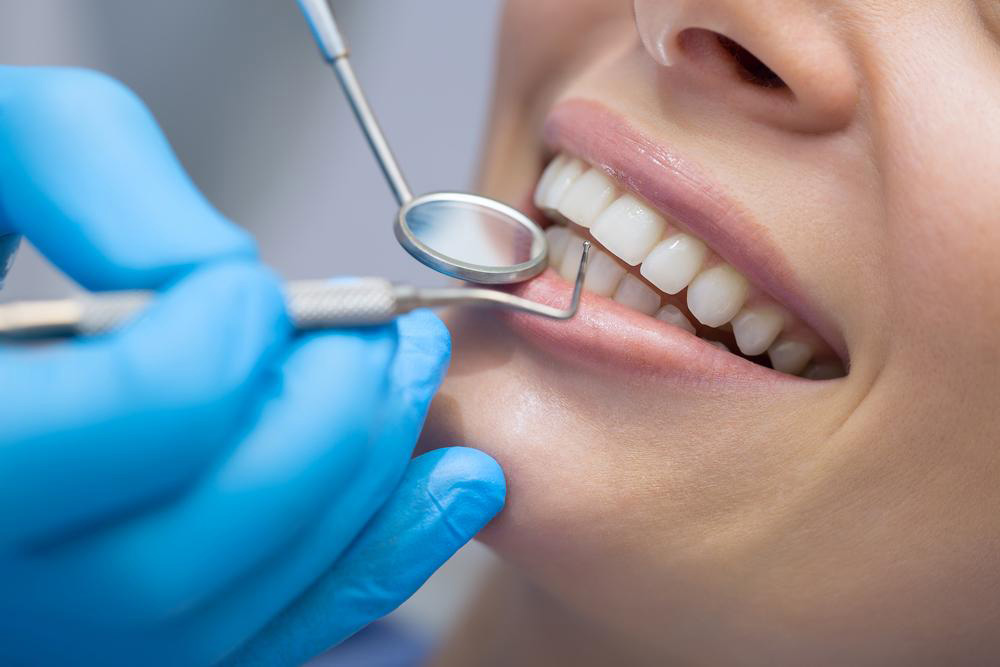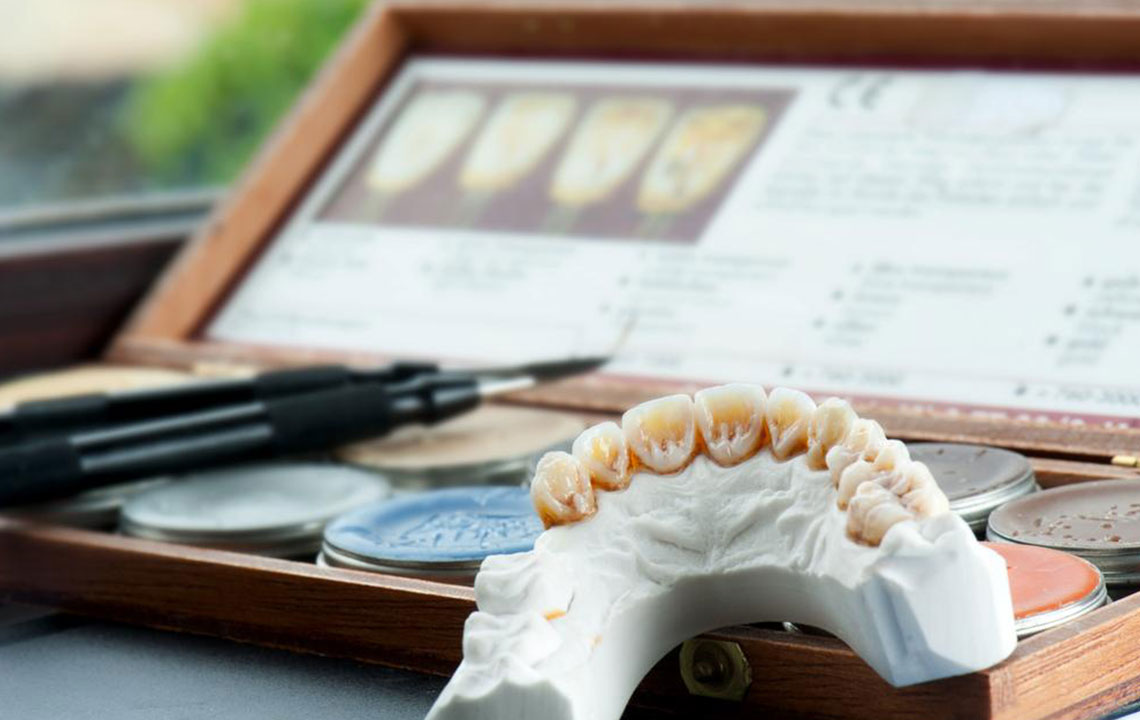Ultimate Guide to Expectations and Care for Dental Implants
This comprehensive guide covers everything you need to know about dental implants, including the procedure process, options between removable and fixed implants, and essential post-care tips. Whether you're considering implants in New York or elsewhere, understanding these aspects will help you make informed decisions, ensuring long-term success and a confident smile.

Comprehensive Insights into Dental Implant Procedures and Expectations
Achieving a radiant, healthy smile not only boosts confidence but also promotes overall well-being. Dental health can sometimes be compromised due to various factors such as accidents, oral diseases, or lifestyle choices like smoking and poor oral hygiene. For individuals facing tooth loss or significant dental issues, dental implants have become a revolutionary solution that restores function, aesthetics, and oral health. This advanced procedure offers durability and natural appearance, making it a preferred choice among many patients. Whether you're considering dental implants in New York or elsewhere, understanding the process, benefits, post-operative care, and expectations is essential for making an informed decision.
Understanding the Dental Implant Procedure
Before undergoing a dental implant procedure, comprehensive dental assessments are crucial. Your dental professional will conduct a detailed examination, including X-rays, 3D imaging, and mouth impressions. These steps help in planning the treatment accurately, determining the number of implants required, and assessing the condition of your jawbone. If the bone density is insufficient to support implants, bone augmentation or grafting procedures may be recommended to ensure stability and longevity of the implant. This preparatory phase is vital for achieving optimal results and minimizing complications.
During the actual implant surgery, typically performed under local anesthesia, the dentist will carefully extract any remaining damaged teeth or infected tissue. Once the jawbone is prepared, small holes are drilled into the bone—called osteotomies—into which the titanium implant posts are inserted. These posts serve as artificial roots for the replacements. Over the subsequent months, a natural process called osseointegration occurs, where the bone fuses securely around the implant, providing a sturdy foundation. This healing phase varies but generally spans 3 to 6 months, after which the next stage can proceed.
Following healing, an abutment, which acts as a connector, is attached to the implant. The artificial tooth—either a crown, bridge, or denture—is then fixed onto the abutment, completing the restoration. The choice between removable and fixed options depends on the patient's needs, preferences, and clinical considerations.
Removable vs. Fixed Dental Implants: What You Need to Know
Patients often choose between removable dentures and fixed implant-supported restorations. Removable dentures are similar to traditional false teeth, allowing easy removal for cleaning, and are generally less expensive initially. They are suitable for cases where cost is a significant concern or when bone augmentation is required. However, fixed implants provide increased stability, comfort, and natural function. They are permanently fixed in place, allowing patients to eat, speak, and smile without worry of shifting or clicking. While fixed implants involve higher initial costs, they often prove more cost-effective over time due to their durability and minimal maintenance needs.
Post-Operative Care and Long-Term Maintenance
Proper aftercare is critical to ensure the longevity and functionality of dental implants. Following your procedure, reputable clinics will provide detailed post-op instructions tailored to your specific case. These typically include guidelines on oral hygiene practices, dietary restrictions, and activity limitations during healing. Maintaining excellent oral hygiene involves brushing at least twice daily with a soft-bristled toothbrush, flossing around the implant sites, and using prescribed antimicrobial mouth rinses to prevent infection. Regular dental check-ups—every six months or as recommended—are essential for monitoring the health of your implants and surrounding tissues.
Specialized cleaning aids, such as implant-specific brushes or water flossers, may be advised to reach difficult areas. Avoiding hard or sticky foods during healing also helps prevent damage. Early signs of implant issues include bleeding, swelling, discomfort, or loosening of the artificial teeth. Addressing these symptoms promptly with your dentist can prevent more serious problems like bone loss or implant failure. Ultimately, diligent maintenance and routine dental visits help prolong the lifespan of your dental implants, ensuring they remain functional and aesthetic for many years.





